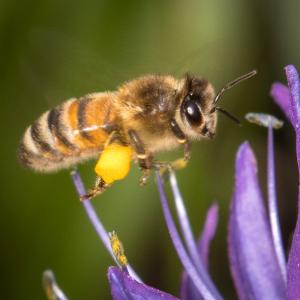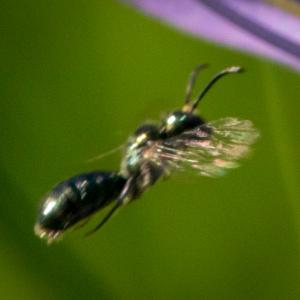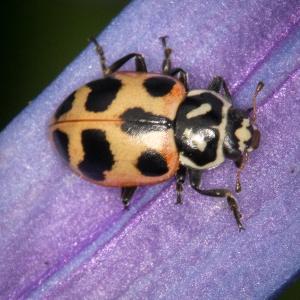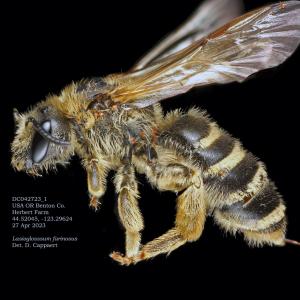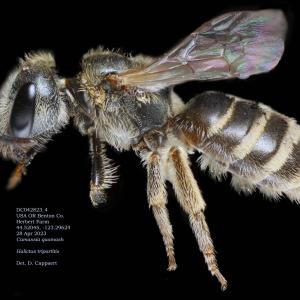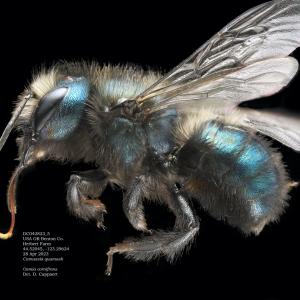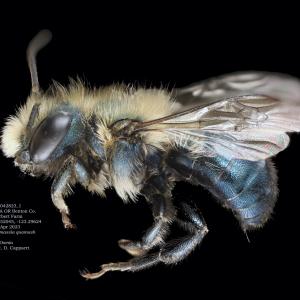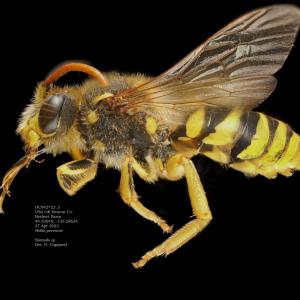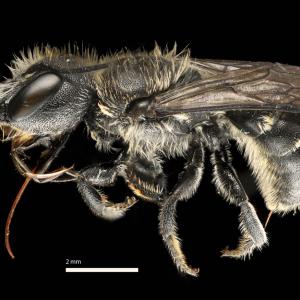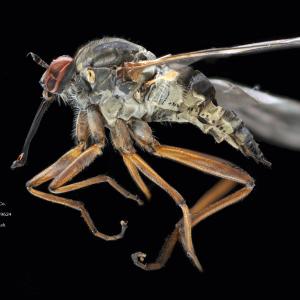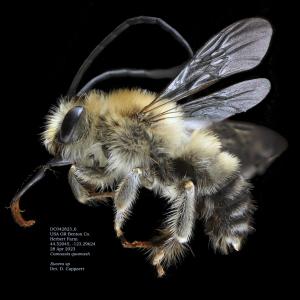By David Cappaert, IAE Entomologist
May 2023
If I were to summarize the basic question of the science of ecology, it might be: why does this organism, this population, or this community occur in this place? Answering this question is foundational to what we – at IAE – do.
We consider a rare plant – Willamette daisy, or golden paintbrush—and try to decipher what kind of environment it needs. In what kind of soil will its seeds germinate? What other plants hinder or facilitate its spread? How does it respond to drought and flooding? The list of such conditions is long and complex.
For IAE entomologists such as myself, we ask a narrower question: how do pollinating insects determine the success of plants in Willamette Valley prairies? We can think about how to answer this question with the benefit of 5 years of data on every flowering plant species, in half a dozen sites across the Willamette Valley. For each plant, we know the insects who come to visit. For each insect, we know which plants it appears to prefer. Through combining this data we can paint a picture of the whole relational system – what we call a pollinator network.
From our enormous dataset gathered over many years, one might suppose that we could now tell you just what to expect in the prairie ecosystems we study. However, the data defies simple conclusions.
Case in point: 2023 observations of camas at Herbert Farm and Fisher Butte.
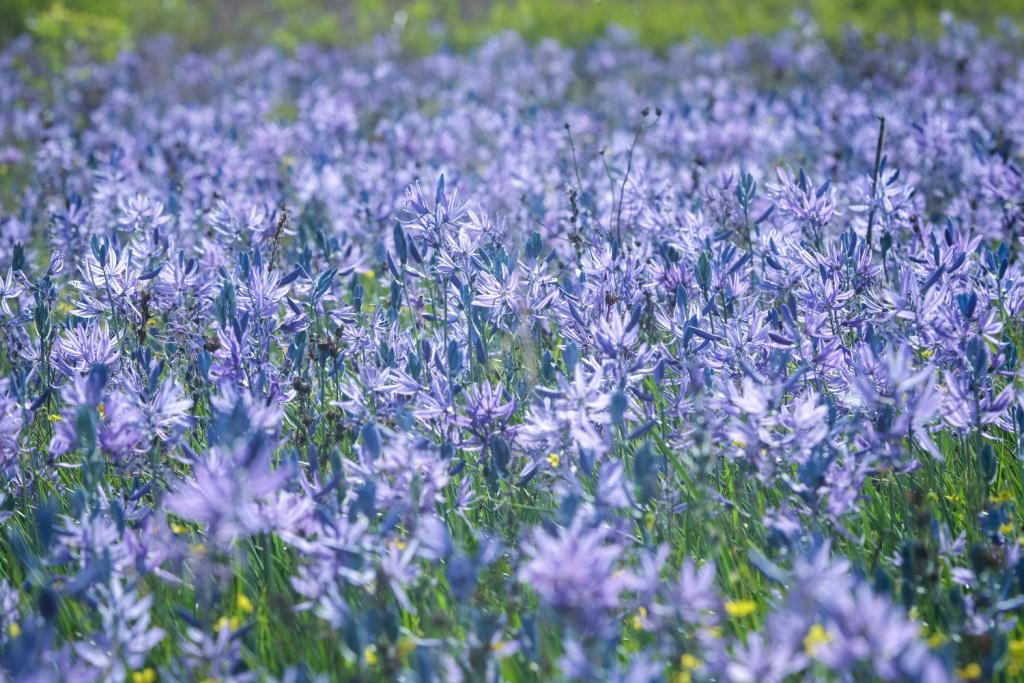
Fisher Butte, a high-quality wet prairie west of Eugene, should be a bonanza for pollinators of camas. We have 5 years of data documenting thousands of individual insects among several dozen bee, fly, and beetle species that visit camas at the site. However, this year’s cool, wet spring appears to have been a challenge for many of the typical pollinators we observed. This April, we spent a few hours on one of the few warm sunny days scouting for pollinators: it was unfortunately a bust. Among a thousand plants, there were only a few bumblebees (Bombus californicus), honeybees, and the occasional fly. Based on this data, you might conclude that camas is a poor host for pollinators, or that 2023 is just an incredibly off year for camas pollination.

But if you visited Herbert Farm, an equally beautiful restored prairie just south of Corvallis, you would conclude the opposite. Camas was a pollinator magnet, both in terms of traffic–easily ten times greater than at Fisher Butte–and diversity of pollinators.


